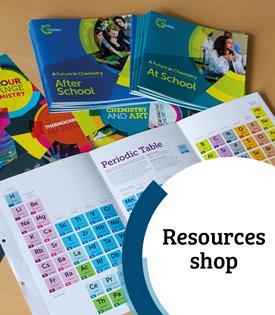UV-visible spectroscopy is a technique that readily allows one to determine the concentrations of substances and therefore enables scientists to study the rates of reactions, and determine rate equations for reactions, from which a mechanism can be proposed. As such UV spectroscopy is used extensively in teaching, research and analytical laboratories for the quantitative analysis of all molecules that absorb ultraviolet and visible electromagnetic radiation.
Downloads
Ultraviolet visible (students' resource)
PDF, Size 0.92 mbActivity 1 (UV-Vis). Food dye analysis (teachers)
PDF, Size 0.54 mbActivity 2 (UV-Vis): Reaction of blue food dye with bleach (teachers)
PDF, Size 0.5 mbActivity 3 (UV-Vis): Body in a lab: Aspirin overdose (teachers)
PDF, Size 0.27 mbActivity 4 (UV-Vis): Investigating transition metal complexes (teachers)
PDF, Size 0.38 mbTeacher resource - Olympic drug scandal UV-Vis
PDF, Size 80.28 kb
Additional information
Find out more about the Royal Society of Chemistry’s Spectroscopy in a Suitcase scheme by visiting the SpectraSchool website.
This resource was produced to accompany our Spectroscopy in a Suitcase scheme, which gave school students the chance to learn about spectroscopy through hands-on experience.


















No comments yet